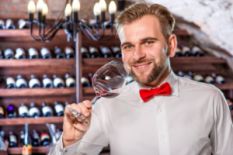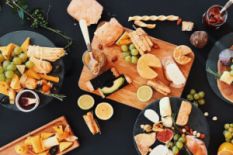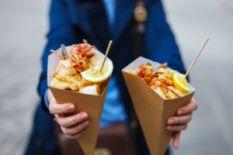Vado Arzumanyan is a member of the Salt National Restaurant Award. His restaurant chain now includes Taron, Centaur, Mons Pius and Champagne X & X with a recent addition of Libraria Speak Easy Bar. The founder of the famous Lviv restaurants, he is also involved in designing a Lviv development strategy to make the city attractive to tourists.
– Vado, as a restaurateur with many years of experience, could you tell us how it all began? What was your first step towards success and why you chose restaurant business?
Restaurant business requires hospitality and cooking skills. I think I have them both. It happened so that I have been helping my mother since I was little. When I was 13, I did our shopping on the market. Already, I was able to determine the variety and quality of potatoes. Then I learned everything about meat. We have always been very hospitable. Twenty-three years ago, I set up my own company and restaurants were one of the areas I did business in. Eventually, the restaurant business won my undivided attention.
– What did you do before you opened a restaurant chain?
Many years ago, I worked for Gazprom and did not even think about any business. I just did not need it. I do not remember when I decided to work for myself. Probably, I just wanted to be independent.
– How difficult was it to fulfill your restaurant ambitions in Lviv?
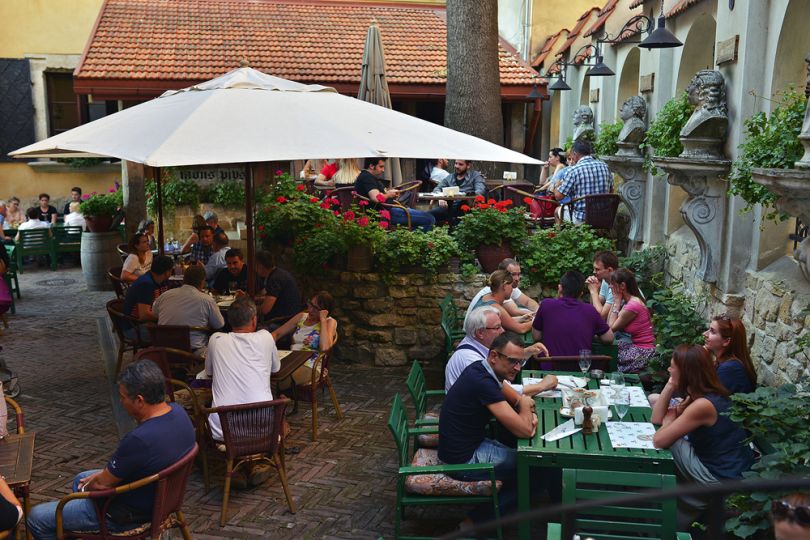 Image: Mons Pius Restaurant in Lviv
Image: Mons Pius Restaurant in Lviv
In Lviv, plenty of places open all the time. Very many of them have low budgets, which is uncommon for other Ukrainian cities. In the cities which have problems, you will only see a few places with "golden palm trees" and a lot of abandoned vacant facilities.
– You are a member of the working group that developed a strategy for the tourism industry and restaurant business. How successful has it been and does it need to be updated?
The city authorities invited an American company which developed a strategy of Lviv's competitiveness. Working groups were set up, in which we took part. To raise investments, authorities must have trust. And we had faith that this particular strategy would change the situation. We started investing, and now there are places which people want to visit even if they have to travel 500 km for this. In turn, it gave boost to tourism infrastructure. We did constant monitoring, identified weaknesses and corrected the situation to make tourists coming to Lviv happy.
– What would you recommend to a person who visits Lviv for the first time?
Take a walk around the old city and feel its spirit and atmosphere. It is best to do it at dawn when Lviv is just waking up and the streets are still free from crowds.
– In your opinion, what is the Lviv cuisine and does it actually exist?
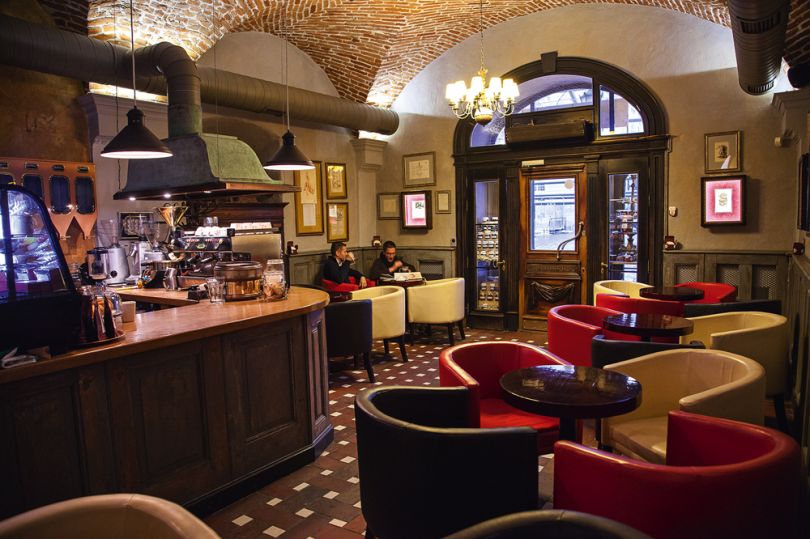 Image: Centaur Restaurant in Lviv
Image: Centaur Restaurant in Lviv
The Lviv cuisine is most likely a symbiosis of many gastronomic cultures and traditions. In ancient times, when there was no Internet or quick communication, housekeepers recorded recipes in special notebooks. They visited each other, tasted each other's meals and updated their records all the time. They cooked food from products that were traditional and available in this region. Probably these notebooks with recipes and Olga Franko's books (the daughter-in-law of the famous Ukrainian writer, social activist Ivan Franko, Olga Franko considered cooking not only her home duty, but her hobby and life-long interest – Ed.) are what makes the Lviv cuisine.
– You own old menus of the 17th –mid-20th centuries. There are over 2,000 of them in your collection. Could you tell us about the most interesting ones and where you bought them?
I mostly buy menus for my collection at European auctions. Last century, for example, restaurateurs created menus together with well-known artists. They used art to tell a story. Some menus are much more valuable than many may think. And this is really a true art. The most valuable for me are the pre-revolution menus of Lviv restaurants and those painted by Czech artist Alphonse Mucha.
Author: Galyna Gupalo
Photos: Jaroslav Monchak, provided by distributors
